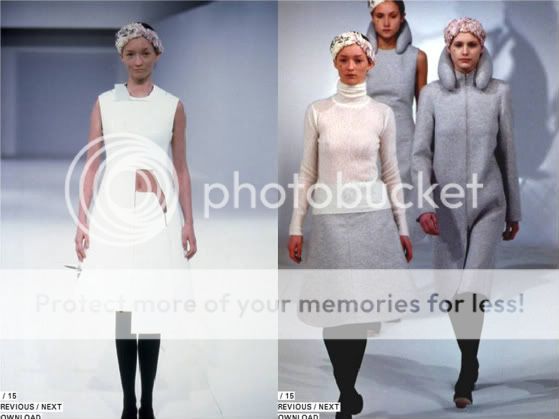




 Picture from a photography magazine
Picture from a photography magazine  'Black Magic' by Surrealist painter Rene Magritte
'Black Magic' by Surrealist painter Rene Magritte



Film cameras seem more capable of capturing sensitive portraits, a far cry from the cheesy photos people snap of others and themselves using digital cameras.
And of course, another type of film camera is the polaroid camera, which is wonderful because the film develops instantly. Polaroids are really good for capturing a small, interesting section of some scene; hence, they can turn out slightly abstract.
Isn't it funny how we want to return to the basics for many things in life, despite being the techno-age creatures that we are?


















I was totally blown away by the quality of his sketches. They convey the spirit of the costumes very well. He really is an expert at layering watercolours and coming up with colour combinations that are vibrant, striking or quirky. He has inspired me to improve my fashion drawing and acquire skills in watercolour painting.
My favourite costumes:
The black lace applique juxtaposed with the grey accordion-pleated skirt creates a beautiful effect.
I get a sense of careless sophistication from this charming man's outfit with a silver-embroidered mint green vest and cloaks loosely layered over a white shirt.



The high-neck lace collar, corseted bodice, full skirt and ruffle sleeves combine to create one dramatic and romantic costume.
This gown is interesting as it has a 'rags and riches' feel.
The textured jacket and skirt look so fun.
The amount of thought and detail that goes into each costume is amazing. I could wax lyrical about each and every one of them. They are truly pieces of art. It's my first time going to an exhibition of this sort and I'm so excited. I highly recommend it to anyone who's interested. Hui Jun, who was with me, walked away declaring that she wanted to study fashion design. And it has made me love fashion even more!



